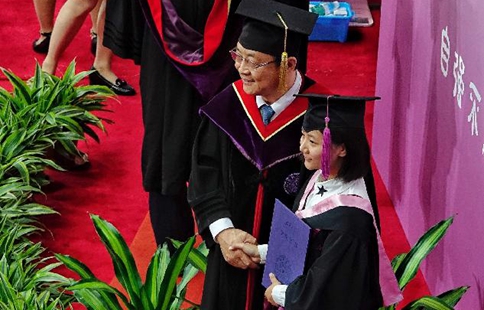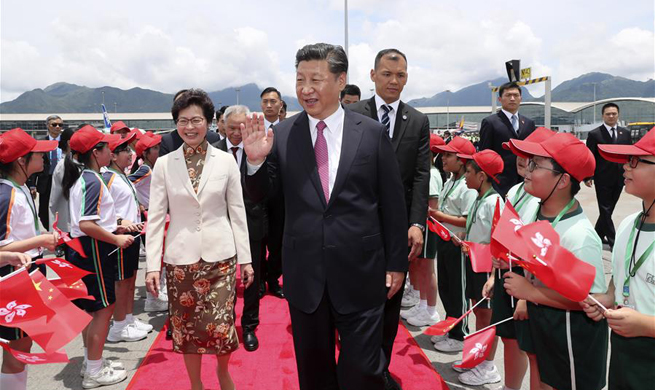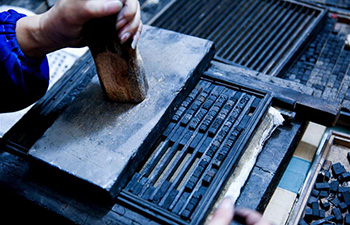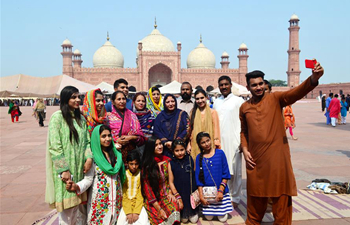CANBERRA, July 3 (Xinhua) -- Stark cultural differences and a language barrier are responsible for the gap in life expectancy between Indigenous and non-Indigenous Australians, according to a linguistics expert at the University of Adelaide on Monday.
According to Robert Amery, head of Linguistics at the university, a refusal by medical experts to understand the nuances of Indigenous culture and language has contributed to "mistrust and disengagement with the health sector" among Aboriginal Australians, meaning medical care is not often sought out or taken seriously.
The gap in life expectancy between non-Indigenous and Indigenous Australians is around 16 years in some parts of the Northern Territory, and in a statement accompanying his research on Monday, Amery said doctors needed to make their advice more accessible for those without a strong grasp on the English language.
"While many speakers of Indigenous languages living in remote areas can engage with outsiders and converse in English about everyday matters, they often have a poor grasp of English when it comes to health communications and other specialized areas," Amery said.
"The communication gap as a contributor (to the life expectancy discrepancy) is under-rated and under-researched."
He said the miscommunication could also be hidden from both parties who believe they are on the same page, but differences in body language were also contributing to confusion.
"Silence plays an important role in Indigenous cultures. Indigenous people often respond to questions after a prolonged pause, a concept foreign to those doctors who see silence as impolite in their own cultures," Amery said.
"They compensate by filling the silence and disrupting Indigenous patients' thoughts. There is a simple solution - pause and allow the patient to think."
He added that historical cultural beliefs were also responsible for a lack of understanding about modern diseases and Western medicines.
"For traditionally oriented Aboriginal people living in remote areas, understanding of disease causation is fundamentally different. Serious diseases, even accidents, are often attributed to sorcery. Germ theory and the immune system are foreign concepts," he said.
Amery said in order to bridge the gap in life expectancy and better serve Indigenous Australians from a medical perspective, more time and effort needed to be put into understanding the nuances of Indigenous culture - not only the languages, but also the body language and historical beliefs.
"An investment of time in the consult will have immense payoffs over the long term. We cannot expect our medical students and colleagues to adapt without teaching," he said.

















